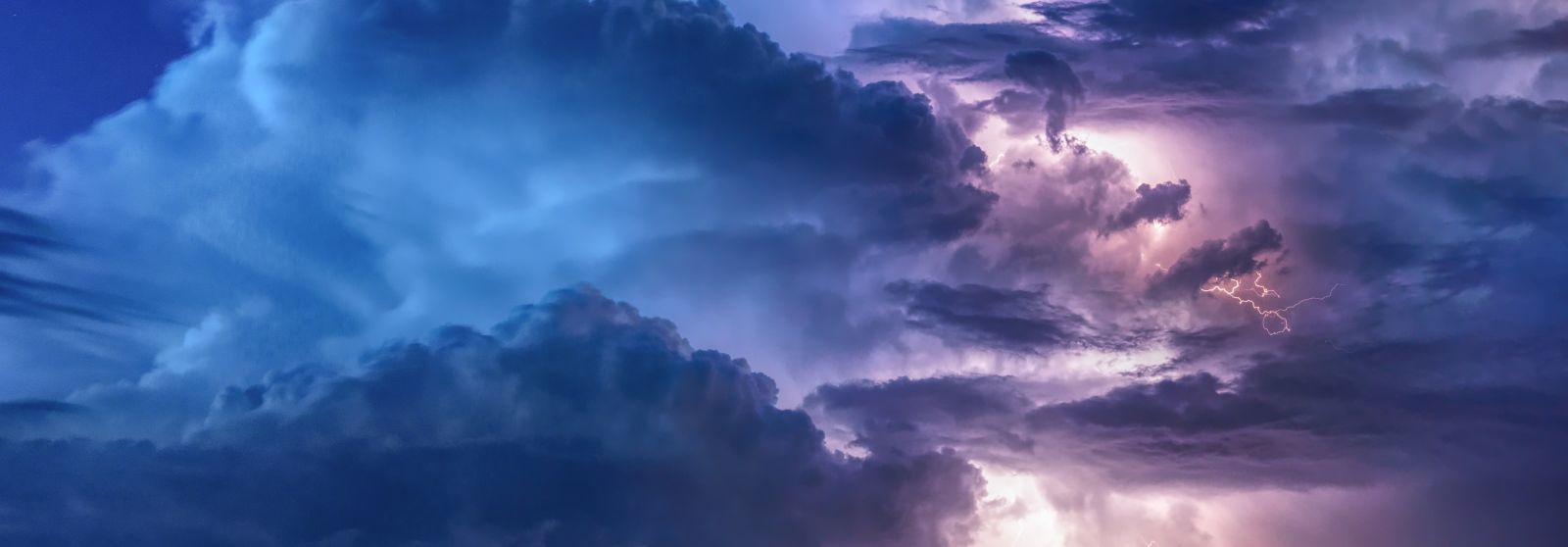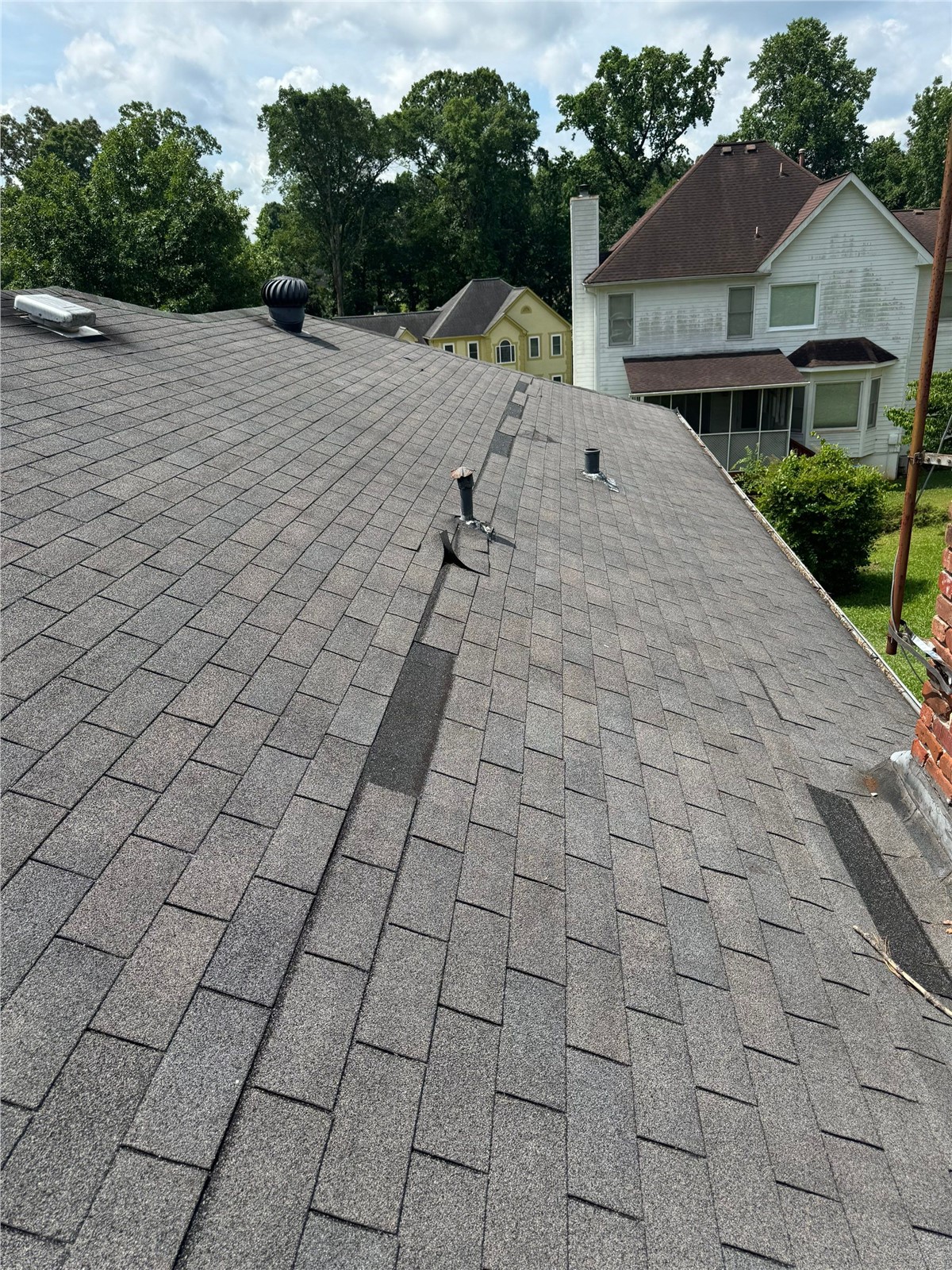
The greatest threat is in the afternoon
As we near the end of the summer, storms are still more and more common throughout the South. In fact, thunderstorms occur most often during the summer months in the Southeast, Midwest, and Great Plains. The reason these areas are hit the hardest during the summer is that storms form when air heats quickly, lifting clouds to great heights.
You may already plan trips, hikes or other excursions ahead of time and check the weather forecast before you head out. Still, the weather is not always predictable, so it's a good idea to be aware of the early signs a storm is brewing and to recognize signs of danger. This way, you will have time to find shelter from a storm if the need arises.

Thunderstorms, particularly at higher elevations such as in the mountains, tend to form in the early to mid-afternoon. If you're planning a mountain hike, the recommendation is to begin your hike early in the morning so you'll begin your descent before the thunderstorm threat peaks in the afternoon.
Signs of thunderstorm activity
The first step in predicting a storm is to check the clouds. In fairer weather, you may notice that the clouds are puffy and wider than they are tall. However, clouds that precede thunderstorms often start to develop darker bases and grow vertically. A tall cloud with a flat top is a sure sign of a thunderstorm.
Some more subtle signals a storm is approaching are a darkened sky, brief flashes of light (even if it does not necessarily appear like lightning yet), high winds and, of course, thunder.
Signs of danger
If you can hear thunder, the American Red Cross recommends you take shelter because you're close enough to the storm to be at risk of being struck by lightning. You can tell how far you are from the approaching storm by counting the time between a flash of lightning and a clap of thunder. To estimate how many miles away an approaching storm is, count the number of seconds between flashes of lightning and claps of thunder and divide this number by five to estimate how many miles away an approaching storm is.
The most important thing to ensure during a storm is the safety of you and your family. But after the storm, it is a good idea to check on your house's exterior to ensure it hasn't suffered damage from the downpour. Plenty of storms blow over as quickly as they appear, but the damage to your home may remain. Storms are one of the most common causes of roof damage, yet the damage often goes unnoticed until your next inspection. The best way to catch storm damage to your home is to perform routine inspections. At Dr. Roof, these no-obligation inspections are 100 percent free. Reach out to us to schedule your free inspection today!
Subscribe to Dr. Roof's Blog








Comments